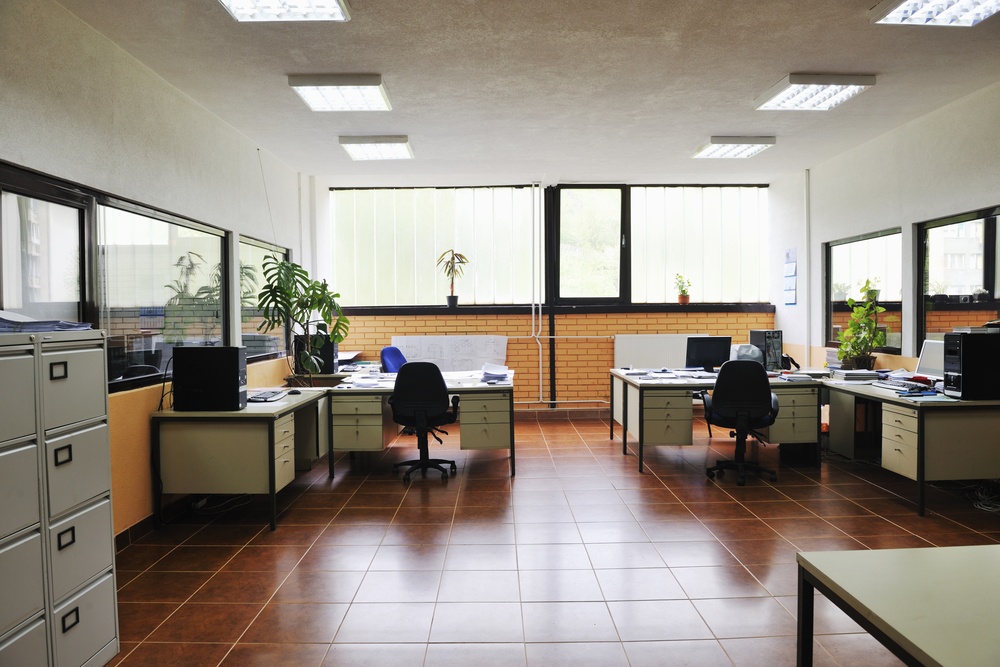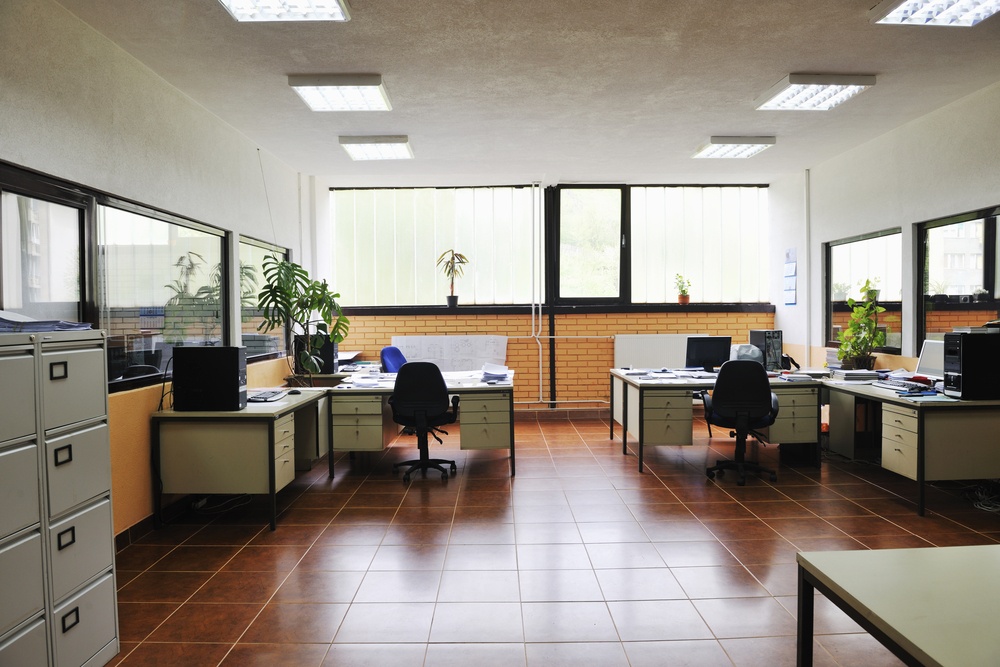
LEV testing is of paramount importance so as to protect the workforce (and the general public in the broader sense) from the inherent dangers most closely associated with exposure to a variety of potentially harmful airborne substances. The sort of which employees could unwittingly inhale courtesy of the very nature of their vocational remit. Local Exhaust Ventilation in terms of a physical deterrent, ordinarily manifests itself in the form of dust and/or fume extraction assemblies situated in a raft of business premises, including garages, industrial companies and numerous different types of workshops, as well as being prevalent in schools, hospitals, airports and other public service buildings.
As a structure or device, LEVs all serve the one overriding purpose; that being to rid an immediate air space of any nefarious contaminants released into the local atmosphere, by way of the nature of tasks performed on certain premises. Not only this, but an LEV exists to ensure that the air quality remains such that public health is not compromised thereafter. We’re explicitly talking about the likes of wood dust, solids, gases, vapours and assorted fumes consistent with a range of sectors which people are employed in or come into direct contact with. Ergo it’s imperative that such installations provide the means by which to eliminate all traces of such contaminants, so as to avoid the risk of certain dangerous particles being absorbed by humans who might find themselves exposed.
So that’s the background to LEVs, yet what we really want to know is whether LEV testing in the workplace is a legal requirement as such.
Essentially, yes it is. And as such is implicated in the government’s Control of Substances Hazardous to Health Regulations 2002, highlighted under Regulation 9 of these all-important HSE guidelines. Inescapable is the truth that thousands of employees suffer injuries at work which are related to the inhalation of either dust, fumes or other noxious contaminants, with the Health and Safety Executive estimating that in the region of 12,000 fatalities per annum can be directly apportioned to chemical or dust exposure. Meanwhile COSHH Regulation 7 determines that; “Every employer shall prevent or, where this is not reasonably practicable, adequately control the exposure of their employees to substances hazardous to health.”
Returning to COSHH Regulation 9 though, and this acknowledges that an LEVs system performance may well become susceptible to the ravages of time (offering diminished lines of defence due to blockages, wear, damage and leaks, etc). And in relation to this suggests that; “Where the regulation is met through the use of engineering controls, the employer shall ensure that a thorough examination and testing of those controls are carried out. In the case of a local exhaust ventilation plant; this will be at least once every 14 months.” As a footnote to this, it’s advised that subsequent records of all tests remain present for a minimum of 5 years too.
As with anything regarding employee health and safety, it’s all about risk management, which of course must come from the top. Yet worryingly, figures released in recent years paint a sobering picture of a lack of responsibility in some employer quarters. It’s understood that although a large percentage of UK businesses have in situ and moreover, routinely facilitate LEV systems, when it comes to testing of said assemblages, regularity is often left wanting.
According to HSE stats, approximately 100,000 British firms subscribe to LEV practices to eradicate potentially hazardous contaminants endangering employee health and wellbeing, with this said to equate to around 2.6 million workers. Yet of these 100,000, less than half (40,000) test their LEV systems on a regular basis. Which of course means that a staggering 60,000 businesses (and roughly 1.6 million staff) not only leave employee safety to chance, but are contravening COSHH regulations at the same time.
What physical shape does LEV testing actually take, and who undertakes it?
In the majority of environments were LEV systems are established, testing typically tends to address fit for purpose levels of the key equipment. Think hoods, filters, ducts, etc; together with ascertaining the overall technical performance of the system with a view to ultimately providing the continued effectiveness of an individual facility. Elsewhere air flow speed is measured (in terms of velocity), to ensure that the air is being extracted from the source and throughout the ducting, and then the resultant observations are compared with the original spec requirements stipulated at the point of initial set-up. In addition to this, all LEV testing reports carried out normally include either/or photos and schematic diagrams identifying the test points, and which are also clearly identified on the ducting; once again a HSE necessity.
With regards to airflow indicators (which are often discussed at this juncture), it’s not a legal obligation to install an example on the hood of an LEV system, as some people may be inclined to believe; rather personal choice. The primary concern is that the system is working to an appropriate standard. However one of the only ways in which to confirm whether LEV hood airflow is at an optimum level is to use an indicator, as it’s pretty much impossible to identify velocity of the air entering an LEV hood by hand.
Those individuals tasked with carrying out the LEV testing must be suitably experienced, qualified and competent to perform the examination procedures, as per the Management of Health and Safety at Work Regulations 1999 specifies. Specialist skills are the order of the day, which is therefore why professionals are brought in to conduct the analysis, as these trained staff will be au fait with the very latest amendments to otherwise strict guidelines already in place. And which is documented in the Health and Safety Executive's publications HSG258, entitled; “Controlling airborne contaminants at work: A guide to local exhaust ventilation (LEV).”
An LEV examiner will refer to the data logged in the system’s installation process, which habitually cites the intended performance and serves as a barometer of just how the system is performing then and there. The report made thereafter will flag up any discrepancies and make recommendations as to how to rectify any underlying issues.
Between 14-monthly LEV testing, the onus is put on a person nominated within a company to carry out on-going visual checks of the equipment (usually maintenance staff), which should be adhered to on a weekly cycle. And naturally, should this responsible individual observe anything untoward or out of the ordinary, they should be duty-bound to report any defects then and there. There are, incidentally (and depending on the sector), circumstances where 14-month testing isn’t deemed appropriate and that alternative timeframes must be followed. For instance, these might include;
- Types of businesses which oversees processes whereby blasting is carried out (in, or incidental) to the cleaning of metal castings in connection with their manufacture. Meaning LEV testing will be required EVERY MONTH
- Types of businesses which oversee the manufacture of Jute cloth. Meaning LEV testing will be required EVERY MONTH
- Business processes (other than wet processes) in which metal articles – aside from gold, platinum or iridium - are ground, abraded or polished using mechanical powder; in any room for more than 12 hours a week. Meaning LEV testing will be required EVERY 6 MONTHS
- Business processes giving off dust or fumes in which non-ferrous metal castings are produced. Meaning LEV testing will be required EVERY 6 MONTHS







